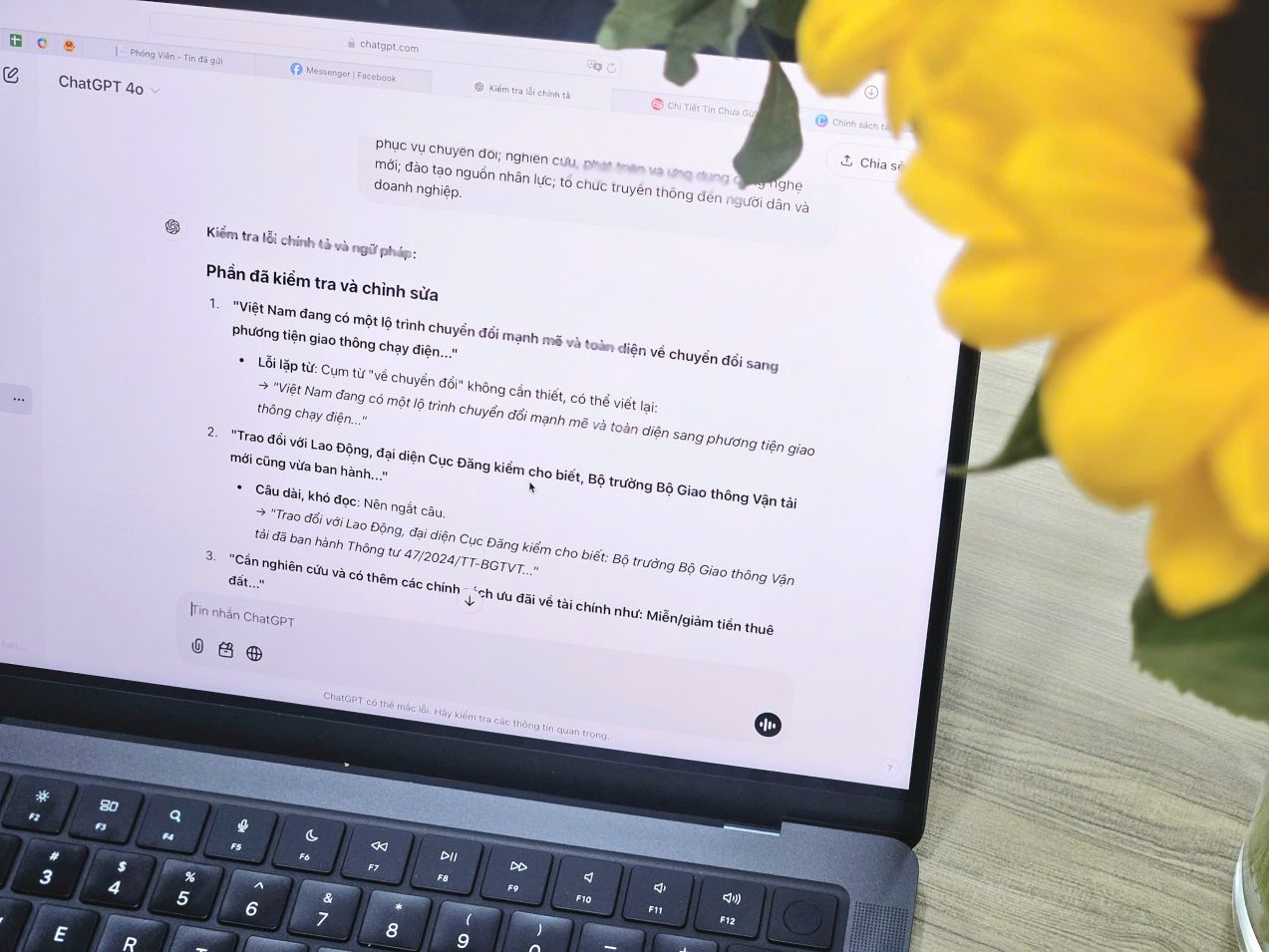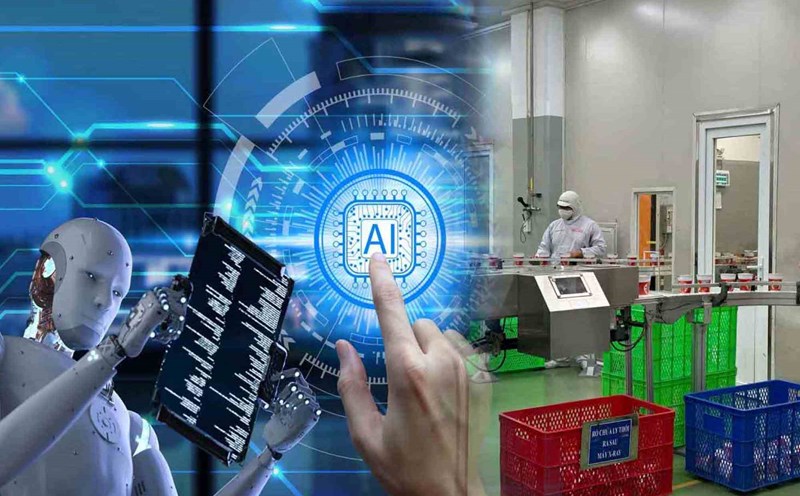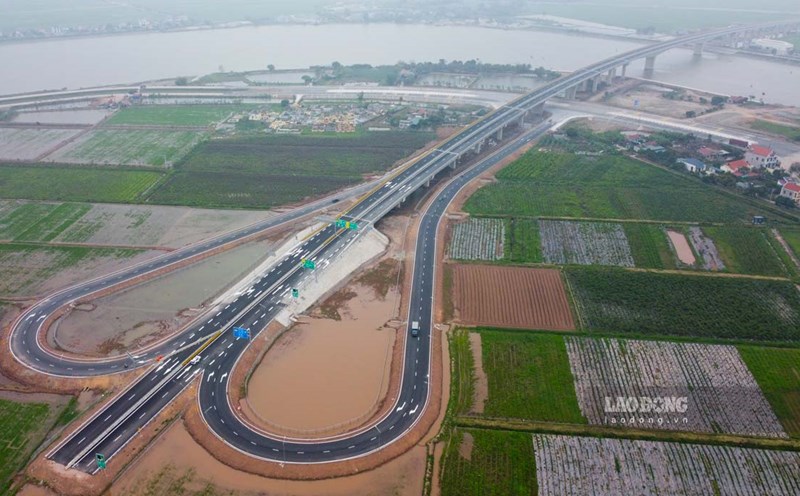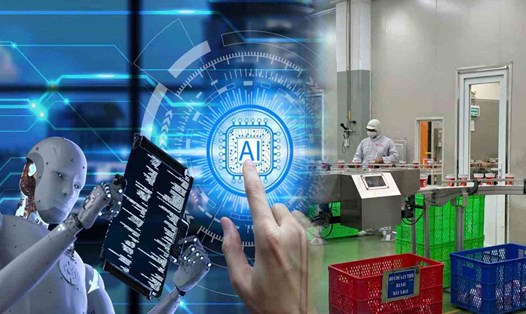Morning: “Breathe” with information
My first task of the day is to review the latest news and plan my article. A hot topic waiting for me is bank interest rates - a familiar topic but always requires accuracy and quickness.
I input the newly collected data into the AI system, asking it to summarize and analyze it. In a snap, the dry numbers are presented in easy-to-understand charts, with interesting comparison suggestions. This saves me hours of “dissecting” the document, giving me more time to focus on writing.
When I wrote the headline, I wanted to create an eye-catching punch at first glance. The AI made a few suggestions - I picked one idea and tweaked it a bit to fit my journalistic style. The result was a headline that was catchy enough to be accurate.
Noon: The Race for Information
In the middle of the day, I was preparing to write an analysis of new tax policies applicable to e-commerce, a rapidly growing sector in Vietnam. This is not an easy topic because it requires both high expertise and easy-to-understand language for readers.
I started by inputting the relevant legal documents I had collected into the AI. The AI immediately summarized the main points, such as tax filing requirements for individuals doing business through e-commerce platforms, specific tax rates applicable to cross-border transactions, and new responsibilities of trading platforms.
To clarify, I asked the AI to provide information from similar documents abroad for comparison. As a result, I got in hand typical cases from Singapore and Thailand - two countries with quite effective e-commerce tax policies. This helped me to bring a broader perspective to the article, not just revolving around domestic regulations.
During the editing process, AI helped me detect some minor errors in expression and suggested changes to the way ideas were arranged to make the article flow better. However, AI was not always right; there were some passages that I had to edit because its expression was too “stiff”. Sometimes, I even laughed at some “off-topic” suggestions and reminded myself that I still had the final say.

Afternoon: AI Assisted Learning
Afternoons are usually spent perfecting my articles and figuring out how to make them stand out on digital platforms. Lately, I’ve been focusing on learning how to optimize my articles for SEO – an indispensable skill for journalism in the digital age. With the help of AI, I’ve learned a lot about not only how to write but also how to connect with readers.
I started by inputting my proposed title and article content into the AI, asking it to analyze potential keywords. The AI immediately generated a list of popular keywords based on current search trends, and suggested ways to naturally insert the keywords into the article without losing the appeal.
For example, for an article about new tax policies, the AI suggested using keywords like “e-commerce tax 2024”, “small business support policy” and “tax reduction benefits”. It also reminded me to adjust the title length to no more than 60 characters to optimize search efficiency, and suggested a meta description - a short description that greatly determines whether readers will click on the article or not.
A big challenge in my job is understanding what readers want to read. Instead of relying on my gut feeling, I use AI to analyze data from previous articles, see which ones are read the most, which ones are shared the most, and what topics are trending. AI suggests that I follow community groups on social media to catch up on hot questions and discussions. From there, I can develop article ideas that are closer to readers, instead of just stopping at a technical perspective.
Evening: Reflections on Technology and People
When I sit back at the end of the day and reflect, I realize that having AI at work has changed the way I think. It helps me work faster, organize information better, but also reminds me of the value of creativity and emotion - things that AI cannot provide.
Working with AI, I sometimes feel like I am working with a diligent “apprentice” who doesn’t fully understand everything. There are times when I have to patiently edit or even explain more to the AI to achieve the desired results. But it is also through this that I realize that technology, no matter how smart, still needs human hands and minds to be complete.
For me, AI is not only a tool but also a challenge, forcing me to learn to adapt in a rapidly changing journalism environment. Technology brings many benefits, but at the same time raises questions about creativity, humanity and independence of the writing profession.
(Posted on the special edition of Labor Weekend Spring At Ty)







